#Chinese Buddhism
Text

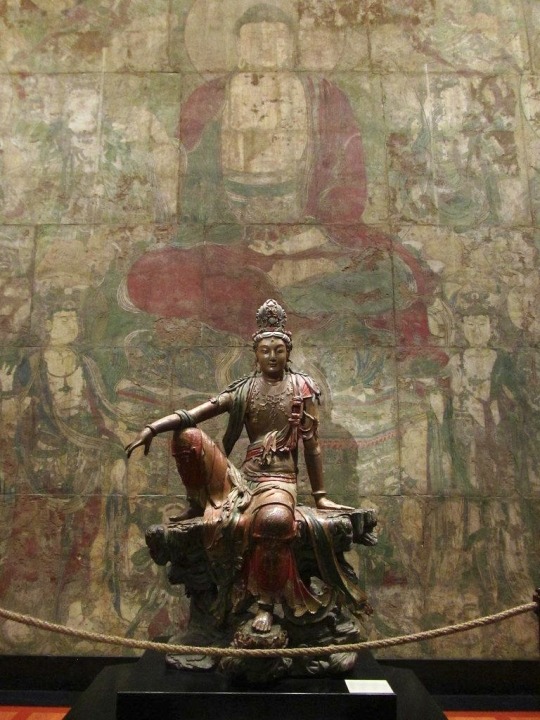
Guanyin of the Southern Sea
A wood statue of the Chinese-Buddhist deity Guanyin. Made during the Liao (916–1125) or Jin (1115–1234) dynasties.
It’s currently located in The Nelson-Atkins Museum of Art, Kansas City, Missouri.
#china#chinese culture#chinese history#east asia#Buddhism#Chinese Buddhism#zen buddhism#guanyin#museum#artifact#wood statues#statues#Buddhist deity#medieval china#ancient china
466 notes
·
View notes
Text
The historical Zhu Bajie
My friend Irwen Wong of the Journey to the West Library blog wrote a lovely article about a historical monk named Zhu Bajie (朱八戒) that the pig-spirit Zhu Bajie (豬八戒) is likely based on.
#Zhu Bajie#Pigsy#Journey to the West#JTTW#Lego Monkie Kid#LMK#Buddhist monks#Chinese Buddhism#Buddhism
56 notes
·
View notes
Text
The Three Pure Land Sutras
While writing a recent blog post, I realized that I had mentioned, but never explained, what the Three Pure Land Sutras are in the Buddhist tradition, and their significance to Mahayana Buddhism as a whole.
Think of this as a handy reference post. I haven’t done one of these in a while. 😊
The Buddhist Canon
When you think of most world religions, they are usually based on one or two books.…

View On WordPress
12 notes
·
View notes
Text
#sonanda #dalgıç #köpekbalığı #tekne #deniz #okyanus Tibet,
#sonanda#köpekbalığı#deniz#tekne#dalgıç#saldırı#animals#videography#viral video#postviral#post video#amazing videos#travel destinations#discover turkey#discoverchina#discover#tibet#chinese buddhism
81 notes
·
View notes
Text
The Grandmotherly Kindness of the Zen Masters, Diana St Ruth
The Grandmotherly Kindness of the Zen Masters, by Diana St Ruth http://wp.me/pFy3u-1x4
To our western ears, Zen can often sound austere, unkind, even brutal and cruel. We hear about the rejections at the monastery gate, the hardships, humiliations and rough treatment its adherents are sometimes subjected to, and maybe we’re inclined to think it’s all a bit much for grown up people. However, when things are taken out of context—historically, spiritually, and culturally—they can so…
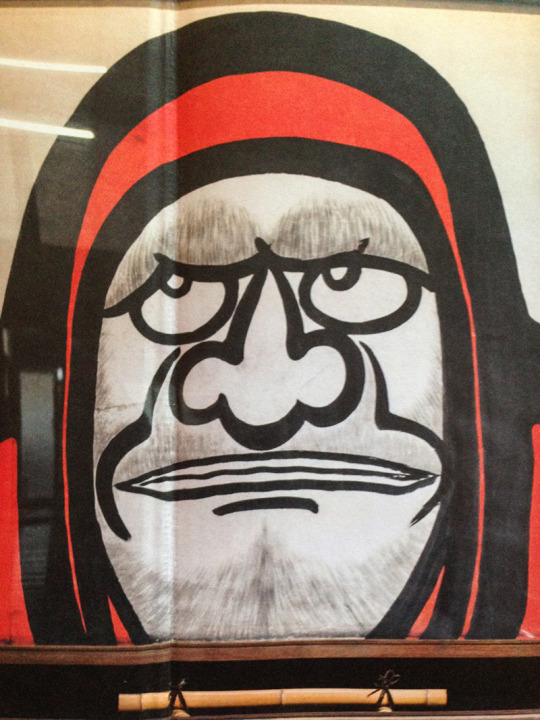
View On WordPress
2 notes
·
View notes
Text
Stories from Chinese Zen - 'The Flea'
Here is my retelling of some fascinating anecdotes from Chinese Buddhism, found in the first of Chinese Zen Master Nan Huai-chin's two-part lecture series, Working Towards Enlightenment. The main character, Kuiji, was a prominent disciple of Xuanzang - founder of the Yogacara School, whose sixteen-year pilgrimage to India later served as inspiration for the famous 15th century novel, Journey to the West.
It was the Golden Age - never before had the three jewels of Chinese civilization - the rigor of Confucianism, the mysticism of Daoism, and the enlightenment teachings of Buddhism, enjoined but in the highest era of China's history, the Tang Dynasty.
These were simpler times. Men had fewer distractions on their minds. Many left home to study Buddhism and realized spiritual powers: a man studying sutras by night, pulls a cotton wad from a hole in his chest, emitting light. Another wished to cross a river - he takes a willow branch, throws it in the water, then steps on it and crosses in safety.
One principal method of cultivation is still practiced today - refining the breath to stabilize the mind. To be able to hear the sound of one's own breathing in a noisy place, is a mark of accomplishment. Adepts can listen to the sounds of their heart, their pulse, the circulations of their blood - and determine where there are energy-blockages and problems in the body. It is said when Zen patriarch Bodhidharma entered samadhi on Mount Sung, he could hear the sound of ants fighting beneath the stairs, loud as thunder.
...The great disciple of Xuanzang, Dharma master Kuiji, goes to Zhongnan Mountains to pay a visit to Daoxuan, founder of a school devoted to monastic discipline. Daoxuan was a master who perfected the merits of maintaining the precepts, and had both male and female celestial beings (devas) attend to his daily sustenance.
But on the day of Kuiji's arrival, the celestial beings do not appear—and so the two masters endured their hunger.
Come evening, Master Daoxuan sits up straight as a pillar to meditate through the night, does not lie down. Meanwhile Master Kuiji is knocked out, sprawled across the floor—not a pretty sight!—and worse yet, begins to snore.
The next morning, Daoxuan chastises him—
"We monastics have monastic principles! If you're not going to meditate, you should at least sleep with dignity. You snore and you toss and turn... you bothered me all night!"
"I'm the one who couldn't get any rest!" said Kuiji indignantly. "You're loud as hell. I was sleeping fine until midnight but then, you had a flea crawl unto your waist, who bit you—you reached in to squash him but then stopped yourself, remembering your precepts—so you plopped him on the ground. But you're so heavy-handed you broke one of his legs! So he's whining and moaning all night... and I could barely sleep!"
Daoxuan doesn't say anything.
Damn, how does he know? he thinks to himself.
Next morning Master Kuiji leaves. The celestial beings return at noon to make their offerings of food. "Where were you yesterday?" Daoxuan asks.
"We did come! But the whole mountain peak was covered by auspicious five-colored clouds, we couldn't find your thatched-hut... and outside the clouds there were so many Dharma-protecting guardian spirits, there must've been a great Bodhisattva inside! We are mere devas of the Realm of Desire. How could we get in?"
When Master Daoxuan hears this, there was simply nothing he could say.
4 notes
·
View notes
Text



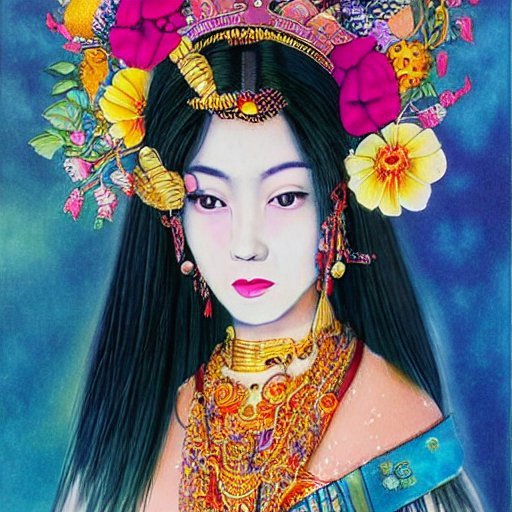

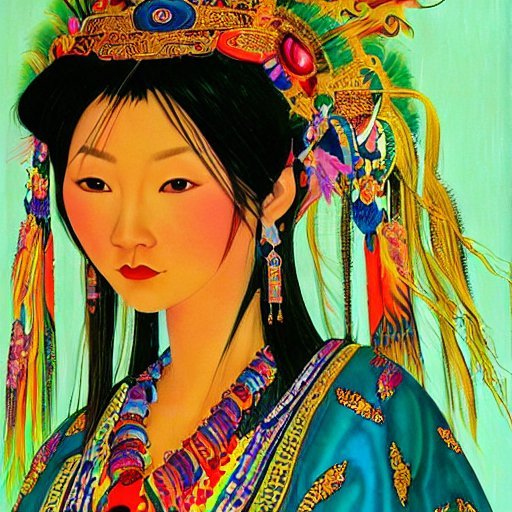
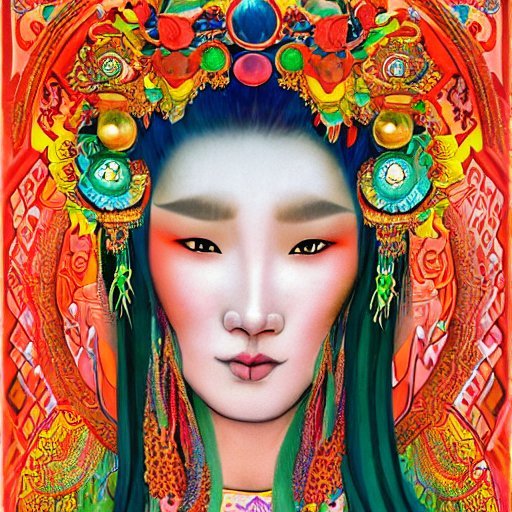
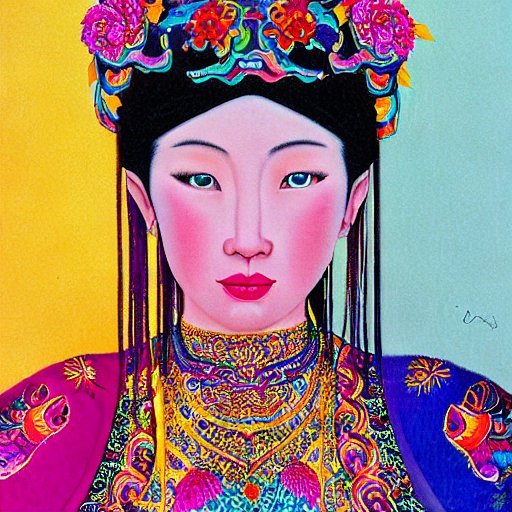


#buddhist art#ancient china#japanese folklore#ancient legends#concept art#chinese mythology#ancient history#ancient japan#ancient religion#esoteric#shinto art#chinese folklore#chinese buddhism
0 notes
Text



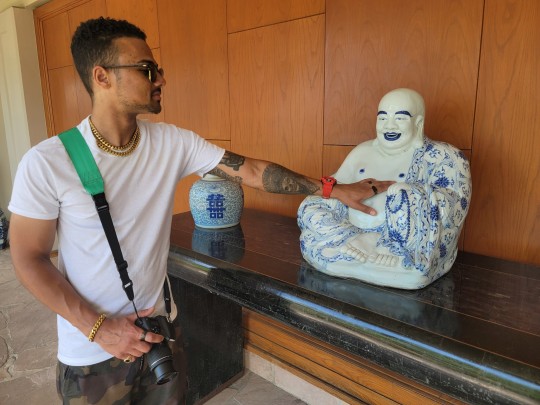
#Buddha#chinese buddhism#Chinese#China#statue#photography#travel#hawaii#island#hawaiian#art#travel blog#buddhism#historical#historic#history#luck#good luck#porcelain#culture#buddhist#islandvibes#travel photography#traveling#asian#buddha
0 notes
Text
I am a human being
Can we continue to do what we do without knowing the opera that we effectuate? The future is effectuate; up until now all decisionism was fatal. Quo vadis? My nonsense is not meant to cool you and make you be pleased with your lot in life; your tiny ideas, your happy little abode and centerfold and manifold sins - and your neverending story. There ain´t so much to do, so I must do what I can; I care not about hanging out with fools - and truly, everybody's a bad motherfucker. All I need is time. And alcohol.
1 note
·
View note
Text
I’ve been stricken with numerous personal life circumstances that have made it difficult to produce solid research pieces as well as answer questions, but I still want to share information.
This type of dance is called Dunhuang and mixes traditional ethnic dancing styles with modern art. The style of the dance itself is influenced heavily by Buddhism. Specific body movements are inspired by fresco paintings found inside the caves of the west China province of Gansu. The dance style owes it’s name to the musical scores found within the city of Dunhuang.
Dunhuang itself used to be a massive center for Buddhist teaching and practices between 500AD-1000AD, being home to several monasteries during that time period. Pilgrims from China, India and Tibet would congregate here leaving behind massive amounts of Buddhist written text and art that would form the strongest body of primary works regarding Buddhist communities in China.
This group here is performing The Thousand Handed Guanyin, and actually happen to be hearing impaired! It’s actually quite mesmerizing to watch.
191 notes
·
View notes
Text


🌞 Sun and Moon Pagodas | 日月双塔 🌚
Originally built in Guilin, Guangxi during the Tang dynasty (618-917) the pagodas were reconstructed in 2001.
#chinese culture#chinese history#Chinese architecture#buddhism#pagodas#tang dynasty#asian architecture#China#east asia#east Asian cultures#dynastic china
1K notes
·
View notes
Text
PSA - Don't Treat JTTW As Modern Fiction
This is a public service announcement reminding JTTW fans to not treat the work as modern fiction. The novel was not the product of a singular author; instead, it's the culmination of a centuries-old story cycle informed by history, folklore, and religious mythology. It's important to remember this when discussing events from the standard 1592 narrative.
Case in point is the battle between Sun Wukong and Erlang. A friend of a friend claims with all their heart that the Monkey King would win in a one-on-one battle. They cite the fact that Erlang requires help from other Buddho-Daoist deities to finish the job. But this ignores the religious history underlying the conflict. I explained the following to my acquaintance:
I hate to break it to you [name of person], but Erlang would win a million times out of a million. This is tied to religious mythology. Erlang was originally a hunting deity in Sichuan during the Han (202 BCE-220 CE), but after receiving royal patronage during the Later Shu (934-965) and Song (960-1279), his cult grew to absorb the mythos of other divine heroes. This included the story of Yang Youji, an ape-sniping archer, leading to Erlang's association with quelling primate demons. See here for a broader discussion.
This is exemplified by a 13th-century album leaf painting. The deity (right) oversees spirit-soldiers binding and threatening an ape demon (left).

Erlang was connected to the JTTW story cycle at some point, leading to a late-Yuan or early-Ming zaju play called The God Erlang Captures the Great Sage Equaling Heaven (二郎神鎖齊天大聖). In addition, The Precious Scroll of Erlang (二郎寳卷, 1562), a holy text that predates the 1592 JTTW by decades, states that the deity defeats Monkey and tosses him under Tai Mountain.
So it doesn't matter how equal their battle starts off in JTTW, or that other deities join the fray, Erlang ultimately wins because that is what history and religion expects him to do.
And as I previously mentioned, Erlang has royal patronage. This means he was considered an established god in dynastic China. Sun Wukong, on the other hand, never received this badge of legitimacy. This was no doubt because he's famous for rebelling against the Jade Emperor, the highest authority. No human monarch in their right mind would publicly support that. Therefore, you can look at the Erlang-Sun Wukong confrontation as an established deity submitting a demon.
I'm sad to say that my acquaintance immediately ignored everything I said and continued debating the subject based on the standard narrative. That's when I left the conversation. It's clear that they don't respect the novel; it's nothing more than fodder for battleboarding.
I understand their mindset, though. I love Sun Wukong more than just about anyone. I too once believed that he was the toughest, the strongest, and the fastest. But learning more about the novel and its multifaceted influences has opened my eyes. I now have a deeper appreciation for Monkey and his character arc. Sure, he's a badass, but he's not an omnipotent deity in the story. There is a reason that the Buddha so easily defeats him.
In closing, please remember that JTTW did not develop in a vacuum. It may be widely viewed around the world as "fiction," but it's more of a cultural encyclopedia of history, folklore, and religious mythology. Realizing this and learning more about it ultimately helps explain why certain things happen in the tale.
#sun wukong#monkey king#journey to the west#jttw#Erlang#Erlang shen#Buddhism#Taoism#Chinese mythology#Chinese religion
330 notes
·
View notes
Text
Zen, the Pure Land, and Buddhism Lite
Warning: long, (mostly) unedited, stream of thought. Sometimes it’s just funner this way. 😄
Since my trip to Japan and back, I’ve been kind of debating something in the back of my head.
Much of my background in Buddhism since as far back as 2005 has been in the Pure Land tradition, especially Japanese “Jodo Shu” and to a lesser-extent “Jodo Shinshu” sects. The sure openness and simplicity are…
View On WordPress
2 notes
·
View notes
Text
Fanjingshan is a sacred mountain in Chinese Buddhism, considered the bodhimaṇḍa of Maitreya Buddha. It became the UNESCO World Heritage List in 2018.
Fanjingshan, Maitreya Buda'nın bodhimaṇḍa'sı olarak kabul edilen, Çin Budizminde kutsal bir dağdır. 2018'de UNESCO Dünya Mirası Listesi oldu .
Fanjingshan هو جبل مقدس في البوذية الصينية ، يعتبر بوديما مايتريا بوذا. أصبحت قائمة اليونسكو للتراث العالمي في عام 2018.
#fanjingshan#sacred mountain#chinese buddhism#unesco#china#natura#natural park#doğa#manzara#view#travel#travel photography#travel destinations#asia
106 notes
·
View notes
Text
Cold Mountain: Chinese poet Han Shan
Cold Mountain: Chinese poet Han Shan. Film with Burton Watson, Red Pine, and Gary Snyder. http://wp.me/pFy3u-3fT (about 30 minutes)
Cold Mountain is a film portrait of the Tang Dynasty Chinese poet Han Shan, a.k.a. Cold Mountain. Recorded on location in China, America and Japan, Burton Watson, Red Pine, and Gary Snyder describe the poet’s life and poems.
Short film (about 30 minutes)
Han Shan wrote poems for everyone, not just the educated elite. A man free of spiritual doctrine, it is unclear whether or not he was a monk,…

View On WordPress
1 note
·
View note
Text

The Sun and Moon Pagodas in Guilin, China (photo by Nathan Ackley)
Sun & Moon Twin Pagodas are one of the greatest attractions in Guilin, situated in Shanhu (Shan Lake).
The word sun and moon in Chinese character written together meant brightness. They are also known as Gold and Silver Pagodas because of their colors at night. They stand next to each other reflecting the beauty of each other.
Originally built in Guilin's moat during the Tang dynasty, these tiered towers were reconstructed in 2001 and now they are a tourist site combining culture, art, religion, and architecture, technology, and natural landscape.
The "Sun" Pagoda is constructed with copper; it has 9 floors and reaches a height of 41 metres. The "Moon" Pagoda's construction is made of marble; it has 7 floors and measuring 35 meters high. The two pagodas are connected via a tunnel at the bottom of the lake.
From the Moon Pagoda to the Sun Pagoda, there is a 10-meter glass tunnel that links the two under water. When walking through the tunnel, one can see the fish above the head and on both sides.
#sun and moon pagoda#china#chinese architecture#asian architecture#asia#chinese culture#asian culture#pagoda architecture#pagoda#buddhism#tang dynasty#photography#aesthetic#religion#asian religion#chinese religion#ancient china#ancient tradition#sun and moon
1K notes
·
View notes